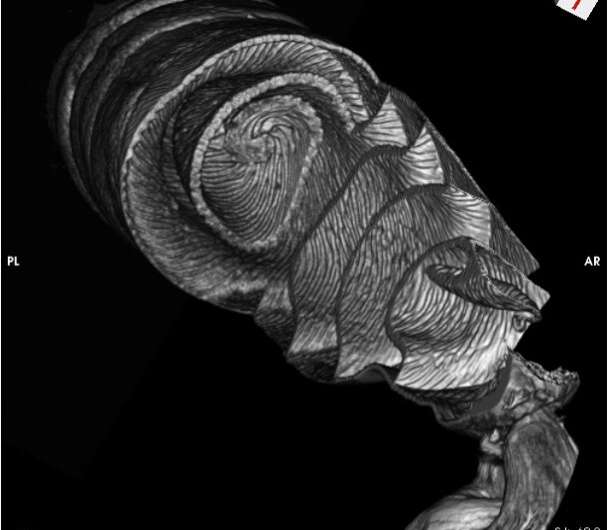For the first time, American researchers conducted a detailed analysis of shark intestines. The resulting 3D images surprised scientists: it turned out that the shark’s intestine functions exactly like the one-way valve invented by Nikola Tesla.
Oddly enough, but science knows little about the nutrition of sharks: what they eat and how they digest food, as well as what role they play in the ocean ecosystem. In a new study, scientists sought to find out more about the digestive system of marine predators.
The scientists performed a series of high-resolution 3D scans and captured 3D images of the intestines of nearly 30 shark species. Through scans, researchers have discovered several new aspects of shark gut functioning. The analysis showed that the shark intestine works like the famous Nikola Tesla valve.
Scientists have found that shark’s spiraling digestive organs slow down the movement of food and direct it down the intestines, relying on gravity in addition to peristalsis, the rhythmic contraction of the intestinal smooth muscles. This function turned out to be analogous to the one-way valve that the famous physicist Nikola Tesla invented over a hundred years ago. This valve allows fluid to flow in one direction without backflow and assistance from any moving parts.
In their work, the scientists mainly used a computed tomography (CT) scanner at Friday Harbor Laboratories to create 3D images of shark intestines, which were obtained from samples held at the Los Angeles Museum of Natural History. The machine works like a standard computed tomography scanner used in hospitals: a series of X-ray images are taken from different angles and then combined using computer processing to create three-dimensional images. This allows researchers to see the intricacy of a shark’s intestine without cutting or touching it.
Photo: CT image of the coiled intestine of a sea shark seen from top to bottom. Credit: Samantha Lee / California State University, Dominguez Hills.









